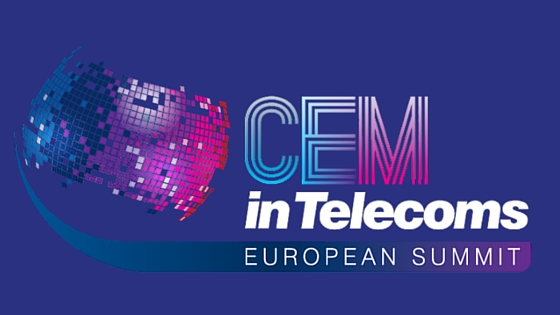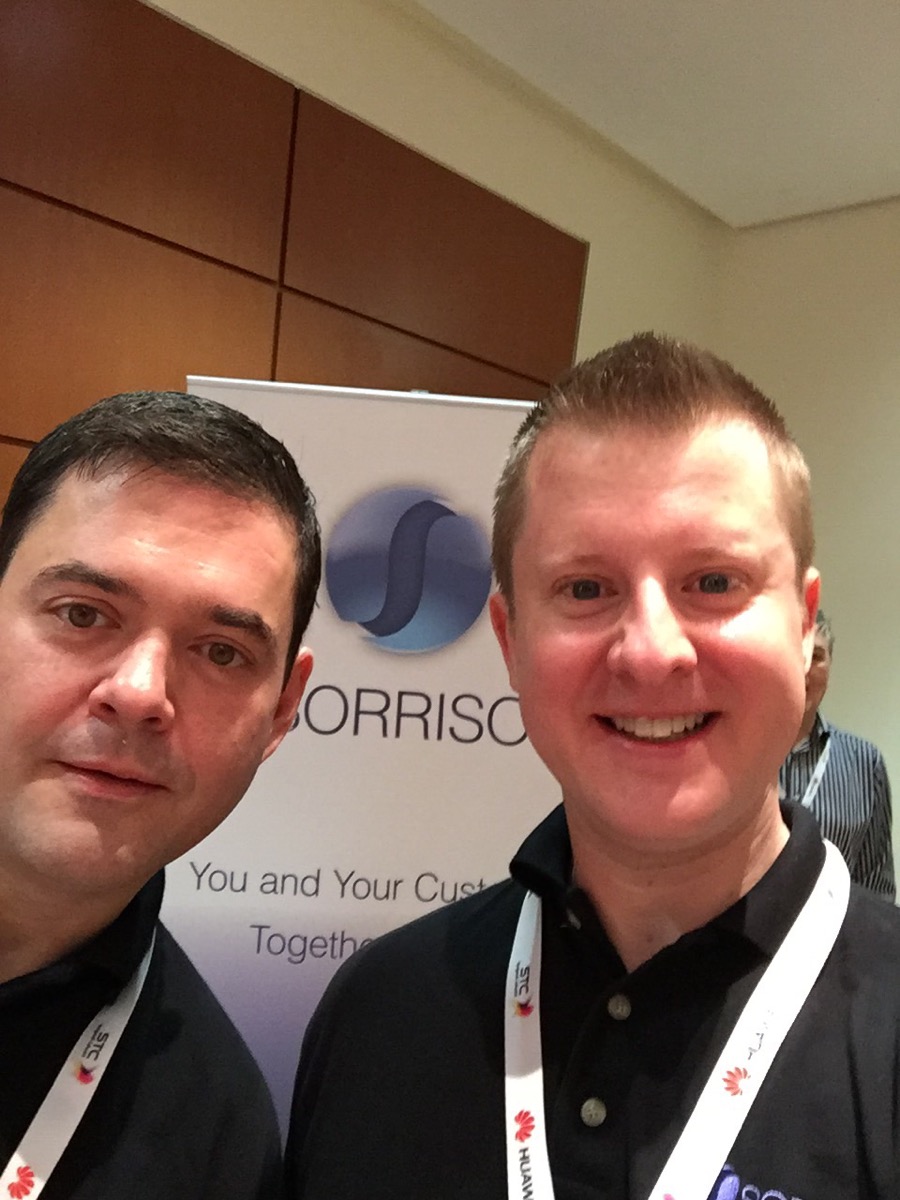“Digital Transformation” is a vague term with a variety of meanings to different organizations and individuals. But as an initiative, digital transformation presents real challenges to IT teams. This month’s articles really reflected on major digital transformation challenges for IT, offered insights into the current state of digital transformations, and offered some different ways IT teams can begin to tackle some of those challenges. We hope you find these articles as comforting and useful as we did! Because it’s nice to know that many are still only beginning to determine what digital transformation really means and how they’re going to approach transformation on a path to success.
Can Agile Processes and DevOps Fuel Your Digital Transformation?
It’s no secret that digital experiences for government run entities lag far behind those privately managed, but Will Kelly writes a nice article on CMSWire about the lessons large enterprises can learn from the Federal Government’s shifting strategies to digitally transform. A look into how the government approaches the use of DevOps and the agile software framework to overcome digital transformation challenges and find success.
Utilizing APIs to Overcome Digital Transformation Challenges in Telecom
Weighed down by hefty legacy investments, Telecoms are just starting to feel the necessity of upgrading these systems to more cost effectively provide the means through which a rapidly changing customer experience can be created. APIs are one way Telecoms can quickly meet new demands while dealing with their legacy systems. Dan Nordale provides a nice piece on No Jitter on how APIs can empower businesses to deliver customer satisfaction and build brand loyalty by providing simpler and seamless customer experiences.
Data-Driven Customer Experience: The Challenge Of Openness
Hugo Moreno reviews the current state of data challenges for organizations developing their data-driven customer experience. Findings from a survey of 357 executives of large organizations reveal that data integration is still, currently, a challenge – though the pieces are in place to achieve integration. Open thought regarding knowledge sharing and transparency continues as well.
Businesses lack a streamlined approach to digital transformation
Sarah White for CIO Magazine reviews her key takeaways from a recent Gartner report on the state of digital business transformation. Key findings include an acknowledged shift in leadership (reflecting that the c-suite executive leading digital transformation is not always the CIO), executive belief that custom software is the future of digital transformation, and that digital transformation initiatives mean more than an increased usage of software and hardware – that business will be unrecognizable five years from now thanks to digital transformation.
Ryanair’s profits surge as it enters Year 3 of customer experience plan
What’s most interesting about Ryanair is not just the drastic turnaround in customer perceptions and profit – but that to achieve this success, Ryanair fully embraced digital transformation. This article reflects on the success of Ryanair’s plans, but what really stands out here is that Ryanair will be launching “more flexible ticketing, travel extras bookable in the mobile app, a new payment system on the mobile app, new rating systems online with real-time customer feedback, a digital gift voucher service and an increased focus on personalisation” – all highly digital customer experience offerings. If these items are launching this year, that means that Ryanair mapped out how to overcome their digital transformation challenges a few years ago and is already on a clear path to success! Quite a bit to be learned from this airline.













